| First posted 6/12/2020; updated 7/6/2020. |
|
|
Pride and PrejudiceJane Austen
|
|
First Publication: January 28, 1813 Category: romantic novel Sales: 20 million |
Accolades: 

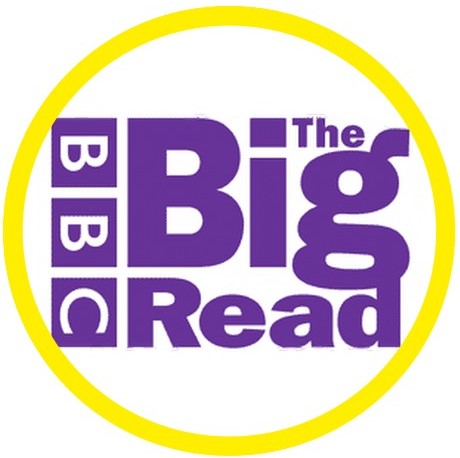
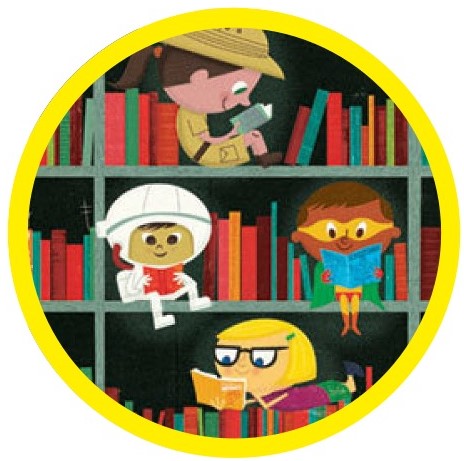

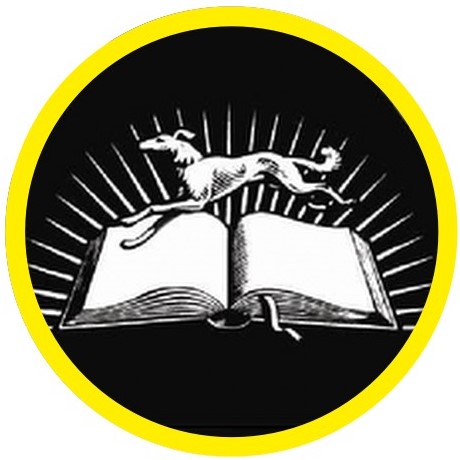
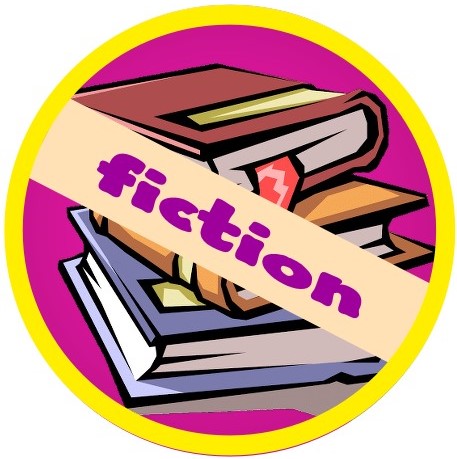
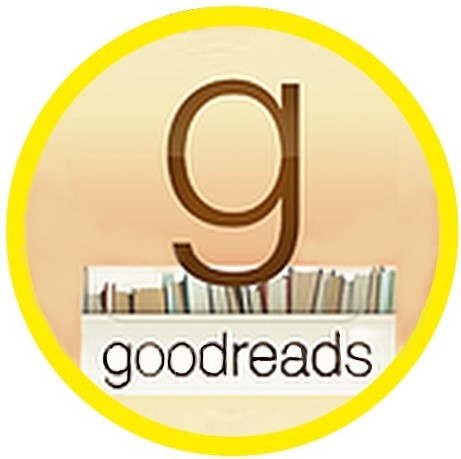




|
|
About the Book: “‘It is a truth universally acknowledged, that a single man in possession of a good fortune must be in want of a wife.’ So begins Pride and Prejudice, Jane Austen’s witty comedy of manners – one of the most popular novels of all time.” AZ The basic plot? “Heroine meets hero and hates him. Is charmed by a cad. A family crisis – caused by the cad – is resolved by the hero. The heroine sees him for what he really is and realises (after visiting his enormous house) that she loves him. The plot has been endlessly borrowed, but few authors have written anything as witty or profound as Pride and Prejudice.” TG In 1894, “renowned literary critic and historian George Saintsbury…declared it the ‘most perfect, the most characteristic, the most eminently quintessential of its author’s works.’” LN In the 20th century, Eudora Welty “described it as ‘irresistible and as nearly flawless as any fiction could be.’” LN Its “blend of humor, romance, and social satire have delighted readers of all ages.” AZ “In telling the story of Mr. and Mrs. Bennett and their five daughters, Jane Austen creates a miniature of her world, where social grace and the nuances of behavior predominate in the making of a great love story.” BN The story “features splendidly civilized sparring between the proud Mr. Darcy and the prejudiced Elizabeth Bennet as they play out their spirited courtship in a series of eighteenth-century drawing-room intrigues.” AZ Resources and Related Links: |















